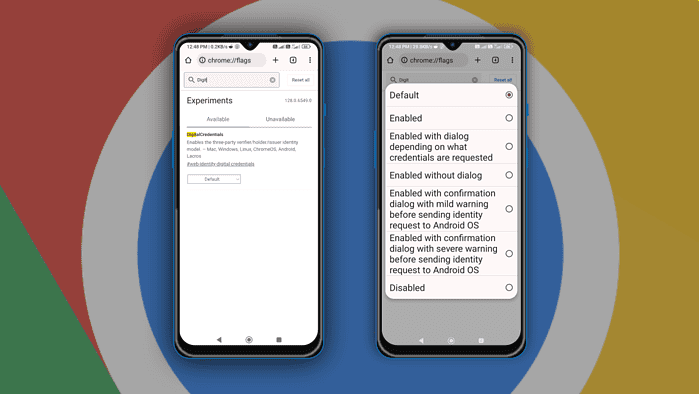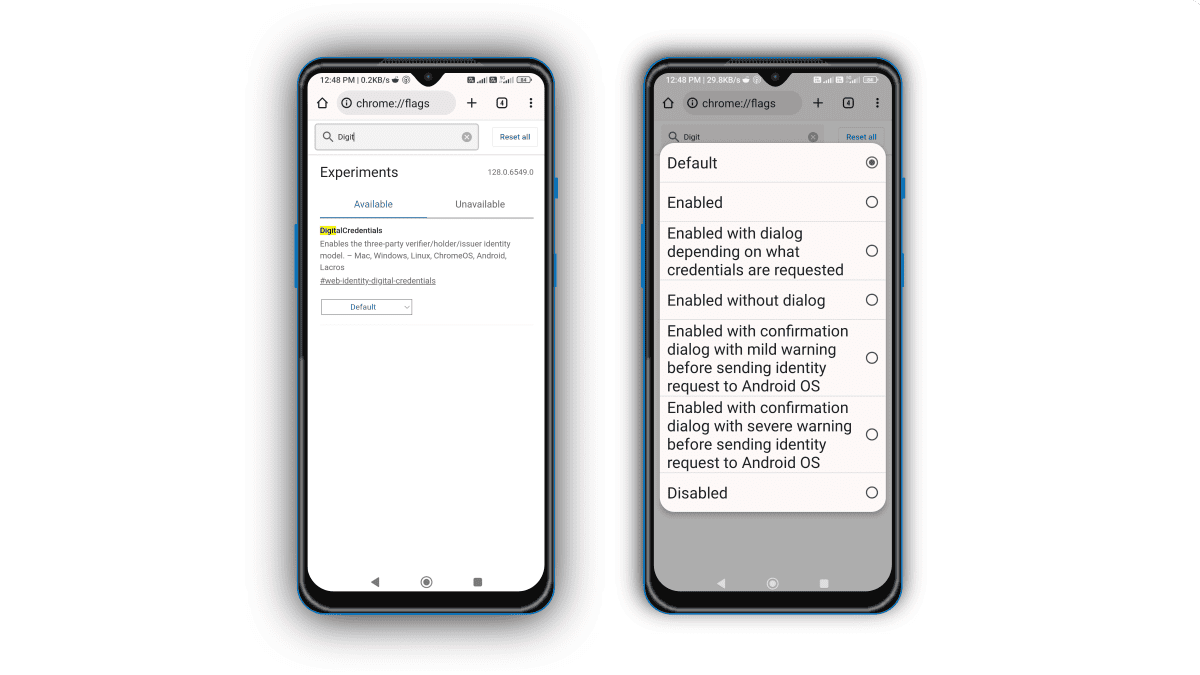Google Chrome makes login easier & more secure through Digital Credentials
A new flag has been spotted on Chrome Canary for Android.
2 min. read
Published on
Read our disclosure page to find out how can you help MSPoweruser sustain the editorial team Read more
Key notes
- Google Chrome is testing a more secure login through Digital Credentials.
- This move is urged as EU requires Digital Credentials to be accepted by 2026.
- It lets your mobile wallet securely verifies your identity on websites without needing to enter passwords.

As Europe starts enforcing changes to protect users’ data online, Google Chrome has been testing a new way to make login easier and more secure through Digital Credentials, especially for Android users.
We have now spotted a new flag called “#web-identity-digital-credentials” in Google Chrome Canary, its experimental channel, on Android. The flag’s description suggests that once activated, it “enables the three-party verifier/holder/issuer identity model.”

What this means is that your mobile wallet securely verifies your identity on websites without needing to enter passwords or use social logins thanks to Digital Credentials. It allows you to selectively disclose information like your age or other credentials stored in your mobile wallet for a better standardized and more secure verification process across different platforms.
Google also mentions here that the urgency to start testing out better solutions for digital credentials is driven by the eIDAS regulation passing in the EU, which requires large platforms like Google to accept such credentials before 2026.
The EU promulgated a law, called the eIDAS regulation, for tech giants like Google to basically make electronic transactions safer and make sure that digital identities and signatures are accepted across all EU member states.
And as the EU is gearing up to regulate companies to accept digital credentials by 2026, so is Google by implementing a few changes here and there, including the Privacy Sandbox initiative and this change on Chrome for Android.
Google said it first tests this feature on Android phones, with plans to make this work on other platforms even for Chrome on desktops like Mac, Linux, ChromeOS, and Windows, as confirmed by the flag’s description itself.









User forum
0 messages